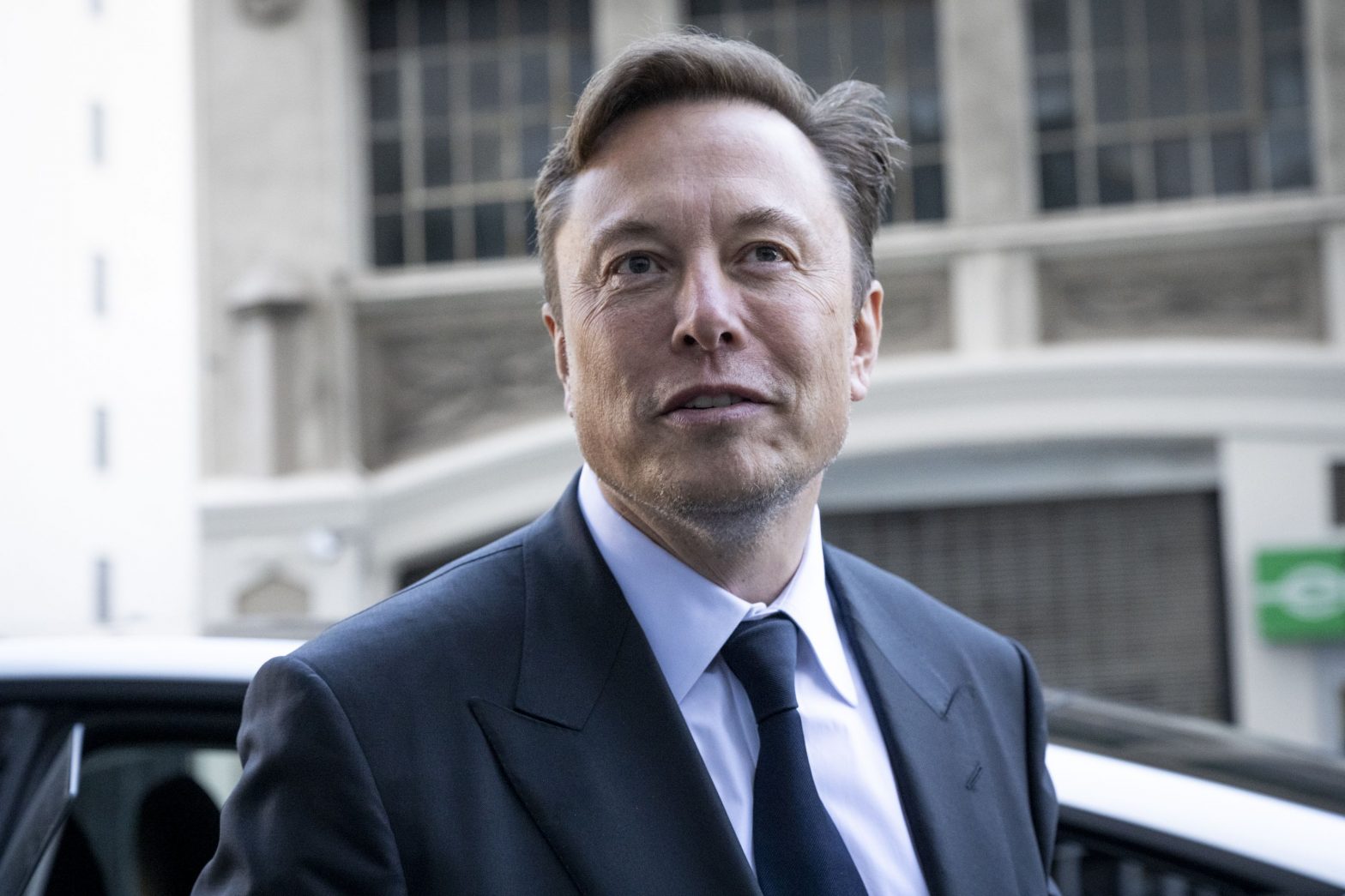X CTO Elon Musk has admitted that he refused Ukrainian pleas to turn on his Starlink satellite system to aid an attack on the Russian naval fleet.
A new biography revealed how the business magnate ordered his Starlink satellite communications network to be turned off near the Crimean coast last year. He refused to hobble a Ukrainian drone attack on Russian warships. A senior Ukrainian official has accused Musk of “committing evil.”
In a statement on X, the social media platform formerly known as Twitter, the Ukrainian presidential adviser Mykhailo Podolyak wrote that Musk’s interference led to the deaths of civilians. He called them “the price of a cocktail of ignorance and big ego”.
“By not allowing Ukrainian drones to destroy part of the Russian fleet via Starlink interference, @elonmusk allowed this fleet to fire Kalibr missiles at Ukrainian cities. As a result, civilians, and children are being killed,” Podolyak wrote. “Why do some people so desperately want to defend war criminals and their desire to commit murder? And do they now realise that they are committing evil and encouraging evil?”
Musk defended his decision, saying he did not want his SpaceX company to be “explicitly complicit in a major act of war and conflict escalation”.
What is the Starlink satellite train?
A large fleet of Starlink satellites orbits Earth. It provides internet coverage on a global scale. According to Space.com. these satellites can be seen hovering across the skies at night. At times, they even appear as a “Starlink satellite train.”
Also Read | Elon Musk announces X (Twitter) will be deleting ‘block account’ feature
“Starlink trains can look rather ‘otherwordly’ and have prompted numerous UFO-sighting reports when they first took to the skies. But the long lines of lights are only visible shortly after launch. Once the satellites climb to their operating altitude of 340 miles (550 kilometers) they disperse and are far more difficult to differentiate against the backdrop of stars, though a timelapse photograph will pick them out easier,” the site mentioned.
The megaconstellation may grow to as many as 42,000 satellites in orbit. As of May 31, 2023, there are 4,198 Starlink satellites in orbit, of which 3,542 are operational







